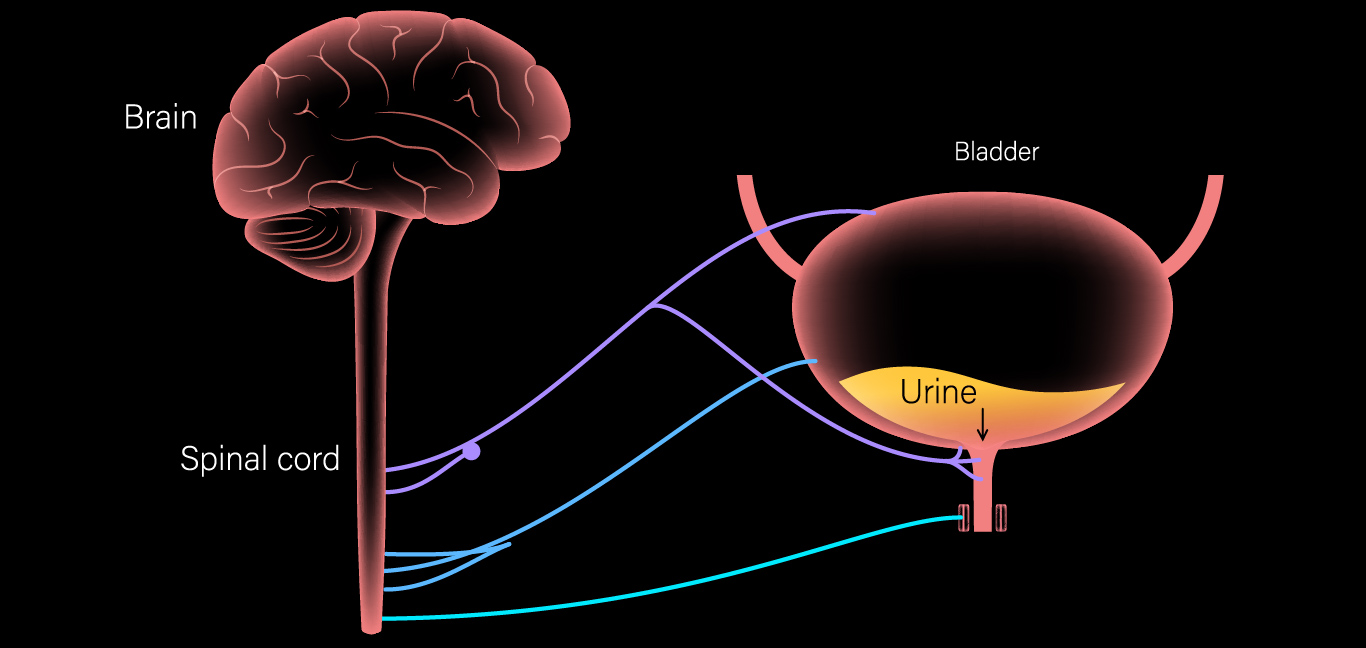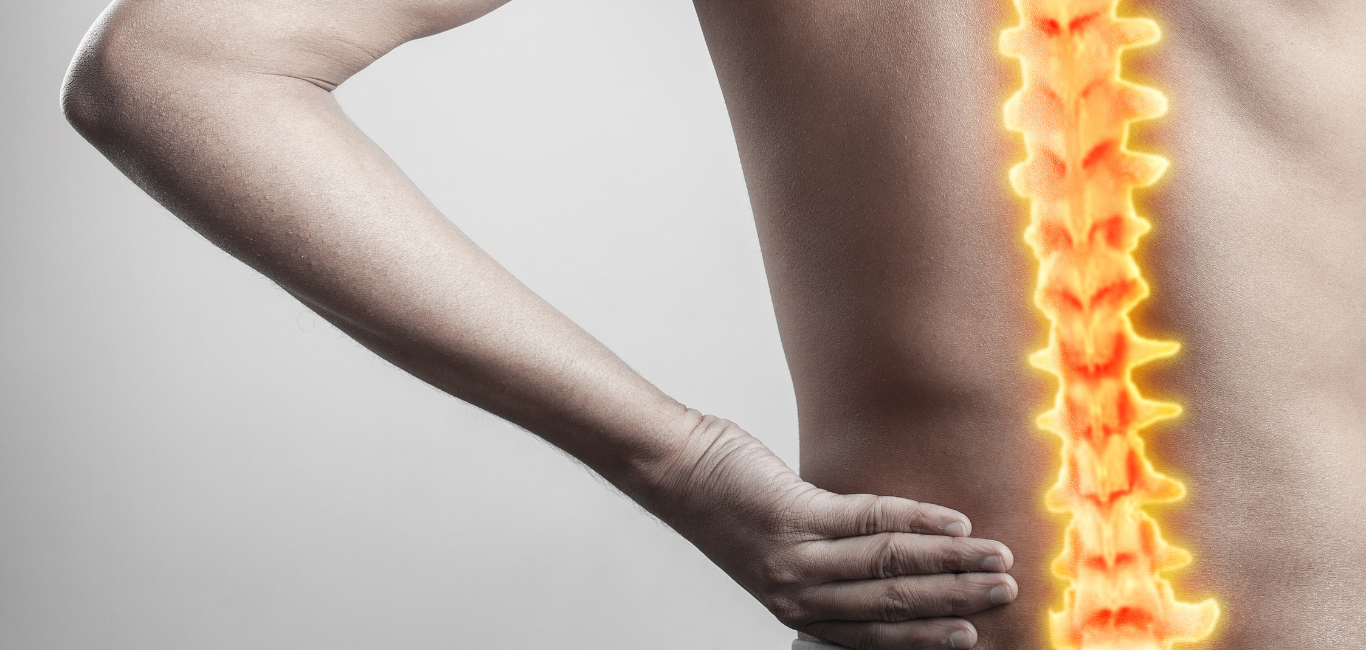
Is it not fascinating to know that our spine is not a single straight bone but made up of multiple small bones called the vertebrae? Such an arrangement provides flexibility to the body, which helps with the numerous postures we assume in our daily tasks.
A spinal disc provides cushioning between two successive vertebrae and acts as a shock absorber for the spine. The disc has a tough fibrous external ring (annulus) and a soft gel-like internal structure (nucleus). Generally, the disc remains within the confines of the bone.
However, any disruption of the delicate alignment can lead to spinal issues. “Due to stress, exertion, inherent weakness, ligament tear and other multiple factors, the disc emerges from the bony confines. Usually, the outer fibrous ring tears and the soft gel-like nucleus comes out. It is called a slipped disc as it has slipped out of its place,” says Dr Umesh Srikantha, senior consultant, neurosurgery, head of spine services at Aster RV Hospital, Bengaluru. It is also known as disc prolapse or disc herniation.
The condition is painful as the protruding portion of the disc presses upon surrounding nerves. Weakness, numbness and other neurological symptoms affect the corresponding body part. If not treated in time, it can hamper a person’s daily functioning and lower the quality of their life.
A common problem of the spine
A slipped disc is one of the most common conditions affecting the spine. “Every day, we see at least four to five persons with slipped discs in our OPD. In a week, at least three to four slipped disc cases require surgery,” recalls Dr Srikantha.
He adds that the prevalence varies according to age. About 20 to 25 per cent of people around 40 years of age have slipped discs, which may be minor and do not require any intervention. However, as one nears 60 years, about 40 to 50 per cent experience disc prolapse. Whereas 80 to 90 per cent of those above 65 years have slipped discs of varying degrees, he elaborates.
Symptoms depend on the affected region
A slipped disc causes many symptoms depending on where along the spine it has occurred and the degree of disc protrusion, Dr Srikantha explains. Some common symptoms are:
- Local pain in the lower back or hip region
- Irritation, loss of sensation, numbness or weakness in parts of limbs
- Neck pain
- Restriction of neck movements
- Radiating pain in the arms and legs
Moreover, as more disc gel pours out, the surrounding nerves compress, increasing the pain and other symptoms. If the condition is left untreated, the symptoms can become severe and cause nerve dysfunction. “In severe cases of disc herniation in the lower back, there is urinary retention or problem in emptying the bladder, even though one feels sensation for it. In extreme cases, a person cannot pass urine at all,” says Dr Srikantha.
A slipped disc in the neck can affect the spinal cord, leading to numbness and weakness of the upper and lower limbs or the entire body. Dr Srikantha elaborates that this restricts a person’s movement severely and lowers the quality of life.
Multiple risk factors are responsible for a slipped disc
Slipped discs occur due to abnormal posture, stress and strain, a lack of exercise or poor core muscle strength. “Many people attribute the disc problem directly to an episode of lifting a heavy weight or having severe exertion. However, they also have an underlying weakness in that spine area. In such conditions, long-distance road travel or even a minor injury can precipitate a disc prolapse,” says Dr Srikantha.
It can happen naturally with age as the disc becomes weaker due to accumulated wear and tear. A sedentary lifestyle, along with obesity, puts plenty of stress on the discs, thereby increasing the risk of slipped discs.
Diagnosis
A doctor examines the duration and type of symptoms, looking closely for neurological symptoms such as radiating pain in the arms or legs, numbness, or muscle weakness. If the pain and other symptoms persist for an extended period, further clinical diagnosis is done using nerve conduction and electromyography to determine the nerve activity in the affected region.
“A slipped disc is confirmed by an MRI (magnetic resonance imaging) of the spine. It can detect the location of the slipped disc and see which nerves are being compressed,” says Dr Srikantha.
Management
Conservative methods:
Disc prolapse is minor in many; they will need to manage it only in acute stages.
- Adequate rest is advised to ensure no added stress on the spine.
- Non-steroidal anti-inflammatory drugs (NSAID), muscle relaxants or neuropathic painkillers are used to relieve pain.
- Some exercises under a qualified physiotherapist’s guidance help manage the pain, relieve nerve pressure, and strengthen the surrounding muscles.
As the symptoms reduce, one can resume normal activities.
Surgery:
When conservative methods offer no relief or if one develops complications such as nerve function impairment, the doctor may advise surgery to remove the protruding part of the disc. Doing so eases the pressure on the nerves, relieving the pain.
Rehabilitation is vital
“Rehabilitation plays an important role in pain management and reducing abnormal sensations in people with slipped discs,” says Palak Dengla, chief physiotherapist at Aster RV Hospitals, Bengaluru. She adds that, along with pain relief, rehabilitation improves the person’s movements and quality of life.
Other methods include massages to relax the tensed muscles and hot or cold packs to reduce pain. She explains that hot packs relax the muscles, while cold ones soothe the irritated nerves.
“Along with these, McKenzie therapy or spinal extension exercise, strength and endurance techniques, core exercises, and posture correction techniques are also used to improve slipped disc symptoms,” says Dengla.
Precautions
Experts advise that the initial two to three months after treatment are crucial to recovery from a slipped disc. One must slow down, avoid long road travel, bend and lift weights and take frequent breaks from work. Once the healing is complete, one can gradually increase their activity levels. “Some people even go back to hiking, sports, or even manual labour,” says Dr Srikantha.

















